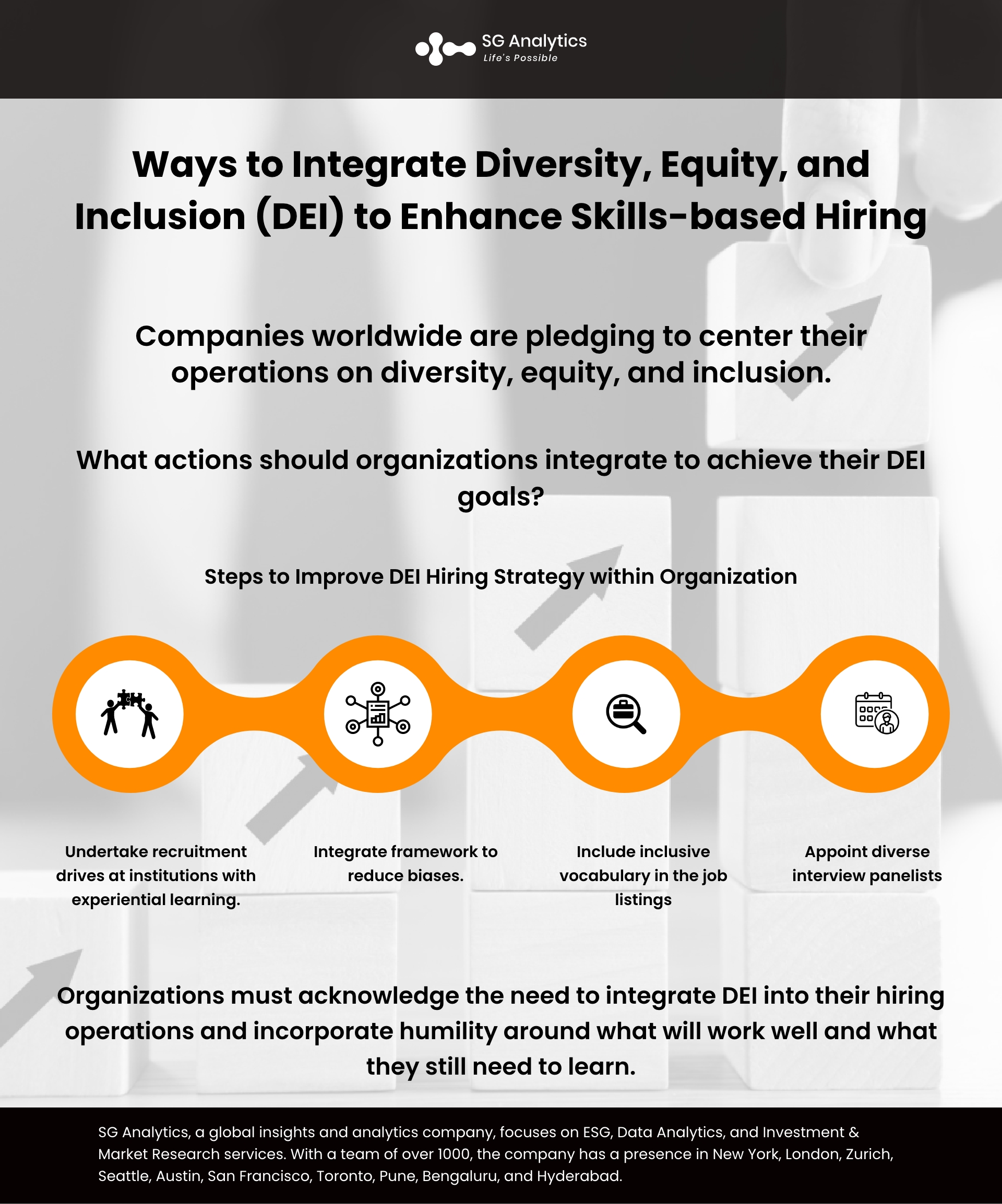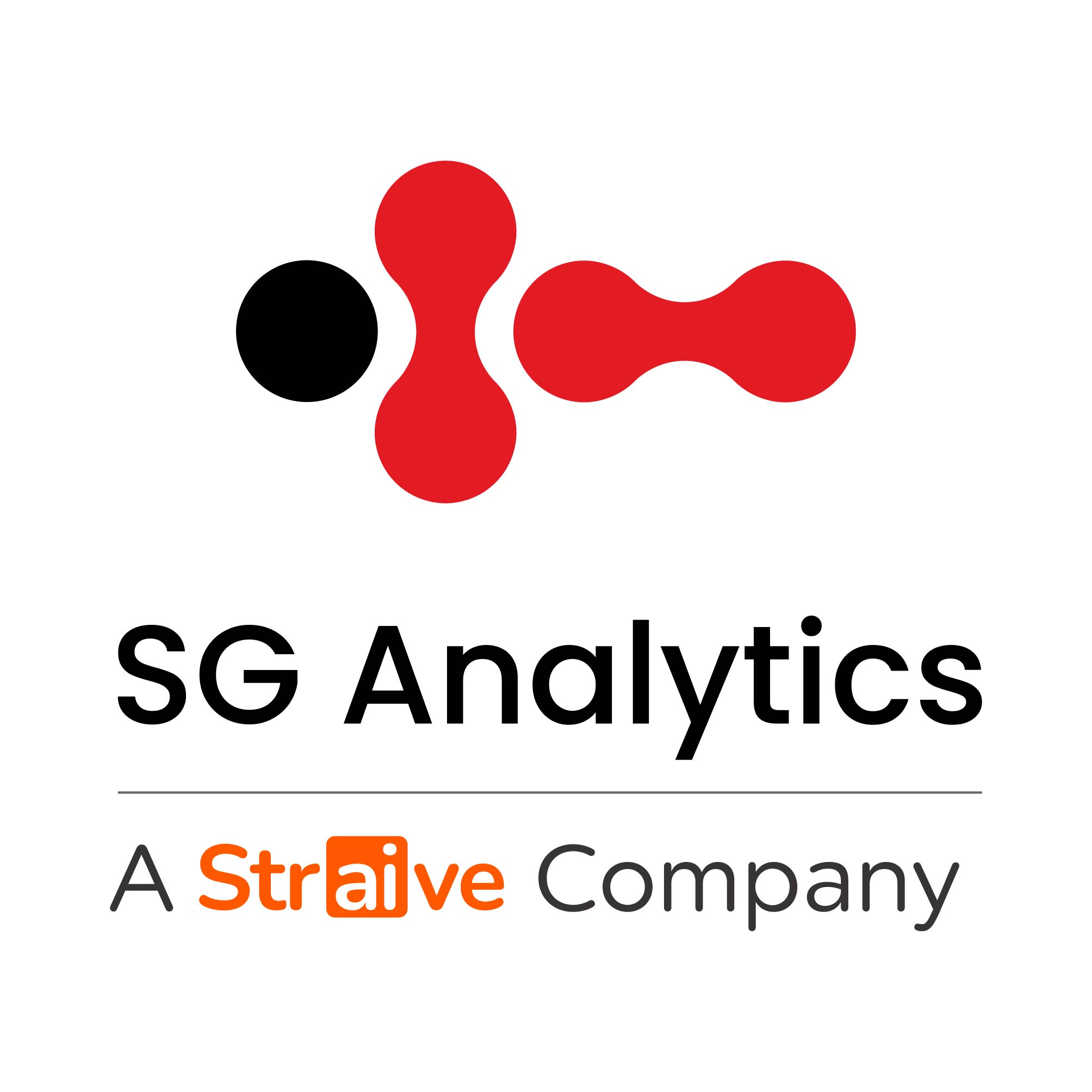The post-pandemic workforce is transitioning to embrace the ever-changing landscape. With many factors, such as the Great Resignation and inflation, remaining pervasive across industries, there is a rise in quiet quitting, and many employers are redefining their hiring outlook. Today hiring trends are leaning toward integrating a more skills-based approach with more focus on the significance of transferable skills and competencies.
Companies worldwide are pledging to center their operations on diversity, equity, and inclusion. Many are setting new diversity targets and are rushing to hire chief diversity officers to enforce DEI programs. However, despite these efforts, there is a lot of work that needs to be done. A LinkedIn study has highlighted that women account for less than a third of leadership roles in many countries. In Asia, many enterprises are failing to foster an LGBTQ+-friendly environment. Results have also estimated that in Europe, it will take majorly 60 years to bridge the gender gap and implement new measures across multiple dimensions, such as economic opportunity and political empowerment.
Read more: How can Leaders Establish a Culture of Curiosity and Innovation in their Organization?
However, employers are exploring new opportunities to establish successful diversity, equity, and inclusion (DEI) initiatives across their workplace to create a culture of belonging. To drive meaningful organizational change, they need to meet the current hiring needs as well as expand their search beyond existing talent pools.

But what actions should organizations integrate to achieve their DEI goals?
Here, we have created a list of practical tips that will help organizations diversify their workforce and foster an inclusive work culture, along with retaining diverse talent.
Steps to Improve DEI Hiring Strategy within Organization
-
Undertake Recruitment Drives at Institutions with Experiential Learning
Working closely with colleges and career centers offers a great way to enforce skills-based hiring. With an increasing number of institutions and other higher ed universities adding experiential learning to the curriculum, students can equip themselves with the mandatory skills required. By integrating an experiential learning framework, institutions can prepare their students and connect them to experiences that directly correlate with the work culture they will want to be a part of in the future.
By reducing the focus on educational requirements like major or GPA, employers can pay attention to the candidate’s behaviors and reactions in a more realistic environment. This will help them to work closely with candidates that had experiential learning as part of their curriculum and are better able to work with industry professionals. Employers can start internship programs that will help the candidates develop their talent. This offers a great way for employers to rethink the relationship between course credentials and economic opportunity. It also helps in identifying the underrepresented talent and offers them a higher chance of employment.
Read more: The ESG Rating Phenomenon: A Guide to Understand ESG Ratings

-
Integrate Framework to Reduce Biases
Every employer today is on the lookout for the most efficient way to source new talent within the organization. And this is where technology comes into the picture. By facilitating an inclusive recruiting process and automating searches, organizations can achieve potential matches. However, just employing responsible technology alone will not do the job. AI tools are also being integrated to achieve search based on the parameters set in the sourcing strategy. But the system holds the potential to build biases. It is, therefore, important to mention that despite technology acting as a mechanism to expedite the hiring process, it can still be biased.
Therefore, enterprises implementing AI tools should focus on setting inclusive parameters. One way for employers to leverage technology is by evaluating the skills of the applicants based on the same criteria. By incorporating skills assessment tests, employers can determine whether applicants possess the required skills to flourish. Employers can also leverage technology to score these skills assessment tests on set metrics. This will enable them to move ahead with candidates that are evaluated based on assessment test scores instead of other information. Another significant way to utilize technology to reduce biases is to avoid setting up algorithms with a focus on selecting candidates with specific educational requirements.

-
Include Inclusive Vocabulary in the Job Listings
If an organizational workplace some do not sound inclusive, the candidate or employees are likely to take a pass. Gender-coded terminologies such as “dominate” or “rock star” might discourage women from applying to the enterprise. Listing too many requirements in the job can also be considered a turnoff for candidates from underrepresented groups. A recent study identified that women apply to 20% fewer jobs than men. And it is often believed that candidates need to meet all the listed job criteria to be hired. Today, many tools are available that are helping the organization craft inclusive job descriptions that can appeal to a wide array of applicants.
Read more: Sustainability Outlook: Top Emerging Trends in 2023 and Beyond
Organizations also need to go the extra mile and signal their inclusive culture in the job descriptions by adding DEI policies in the job postings. This will help the applicant to identify with the organization, compelling them to apply for the deposition if they fit the role.

-
Appoint Diverse Interview Panelists
It is important for organizations to make a strong first impression when interviewing candidates from different backgrounds among those conducting interviews. This helps in showing that job seekers are also committed to a culture of diversity and inclusion. However, organizations should also bring multiple perspectives to the hiring process.
For a candidate, it is important to see themselves reflected in the people they’re going to be working for. This helps in instilling a sense of inclusion, diversity, belonging, and volunteerism. It is in the most suitable interest of the organization to have gender-diverse panelists that help reflect the organizational DNA when interviewing candidates.
For organizations to put together a diverse panel, it is better to integrate an honest conversation with the applying candidates about what they are looking to enhance and invite them to be part of the journey. Candidates should be able to identify themselves as members of underrepresented groups when they are having a conversation with the officials in order to learn more about what the organizations and experiences they should look forward to in the company. This will help in providing them with an opportunity to make the right decision.

Read more: Sustainability in Tech: 3 Ways for Companies to Become More Sustainable
Creating an Inclusive Workplace for All
Company leaders need to ensure and be vocal about their support to foster DEI at every step of the organization. When leaders express their support for DEI, it will help in driving the message across organizations that diversity and inclusion are perceived as a serious priority. For instance, the CEO should share insights about organizational DEI frameworks during regular communications with employees and investors or curate DEI programs to foster a sense of belonging across the company.
When it comes to integrating DEI, there is no one-size-fits-all strategy for organizations. Ultimately, the policies that are most suitable for their operations are likely to depend on a variety of factors, such as organizational goals, the regions they operate in, and their budget.

With the workforce continuing to transition positively into a more inclusive environment, every organization is adapting its sourcing strategies to integrate a skills-based approach. And there is no shortage of talent. On the contrary, there is a shortage of organizations ready to refocus their talent sourcing on transferable skills.
Regardless of the situation, it is vital for businesses to make progress on the DEI front; however, they need to garner support from higher authorities within the organization and set clear objectives to monitor results. DEI will only work for organizations in a continuous process if they facilitate constant attention. Organizations need to acknowledge the need to integrate DEI into their hiring operations. They need to incorporate humility around what will work well and what they still need to learn.
With a presence in New York, San Francisco, Austin, Seattle, Toronto, London, Zurich, Pune, Bengaluru, and Hyderabad, SG Analytics, a pioneer in Research and Analytics, offers tailor-made services to enterprises worldwide.
A leader in ESG Services, SG Analytics offers bespoke sustainability consulting services and research support for informed decision-making. Contact us today if you are in search of an efficient ESG integration and management solution provider to boost your sustainable performance.

